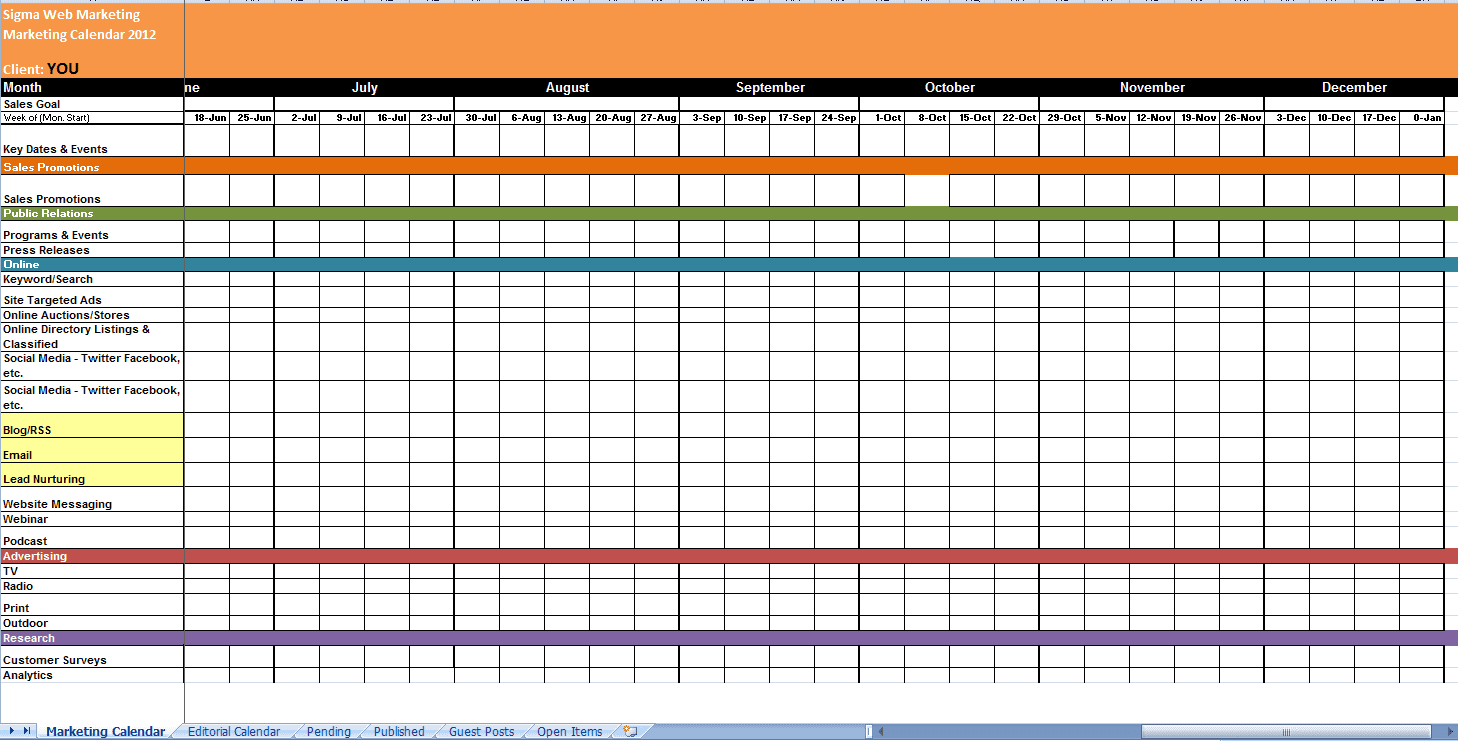 ROI. Return-on-investment. Three little letters, three little words that have a tremendous impact on our work as marketers. ROI is the ultimate metric; it is the fruit of our labor, the definitive proof that we have accomplished what we’ve set out to do.
ROI. Return-on-investment. Three little letters, three little words that have a tremendous impact on our work as marketers. ROI is the ultimate metric; it is the fruit of our labor, the definitive proof that we have accomplished what we’ve set out to do.
So, what happens when that ROI doesn’t come? What happens when all the time and money invested was for naught? I’m sure you can imagine the nightmare that would be, so let’s take a look at 5 marketing plan must-haves to avoid a wasted marketing investment.
1. Know your audience
If there’s something we’re constantly coming back to, its buyer personas. Why? Well, a focus on who not only you can help out the most, but who is actually buying from you is the key to success. You have to be familiar with your target market’s pain points and habits.
You should have detailed profiles for your key customer types, and know things like their challenges, pains, favorite information resources, and needs. Remember, personas shouldn’t be based on a few guesses, but instead research based on current customers, any contacts you may have in that particular industry, as well as input from both your marketing and sales teams.
2. Create a marketing and editorial calendar
One of the first things to do (after analyzing your audience) is to assign accountability. This is where a marketing calendar comes into play. This calendar will help you prepare and stay focused on activities like presentations you’ll be attending (or hosting), webinars you’ll be conducting, and the digital campaigns you’ll be launching.
You’ll use the editorial calendar to create consistency in your blog. Pick a frequency (2 times, 4 times, 5 times a week) and then use the editorial calendar to make sure someone is held accountable for each day of the week needed to keep consistency. Make sure to include topics that address your prospects’ and customers’ pain points, and revolve around your SEO keywords and phrases.
3. Revise your SEO strategy
Search Engine Optimization (SEO) has changed over the years, and has become an increasingly complex tactic that requires research and constant testing. Make sure your content has keywords implemented, your site structure is easily crawlable and indexable by a search engine, and that you’re producing quality content, with an emphasis on the last point.
Keywords will not produce results if your content isn’t any good. High quality content plays off its popularity to create referral traffic and quickly climb to the top of the search results.
While revising your SEO strategy, don’t forget that your website plays a huge role in that, and it may be due for an update. Website revisions shouldn’t occur only during a full site redesign or when your address changes. Your site should be constantly reviewed and updated to ensure it’s relevant and optimized.
4. Document your sales process
In the spirit of smarketing, I will refrain from putting all the blame on sales, because often the blame is shared by both sales and marketing. However, it is extremely important to document your sales process! It won’t matter how good your marketing is, or how many SQLs you can generate per month if your sales team can’t close the deal. An organized and documented process makes it easier for marketing and sales alignment, as well as training the new members of your sales team.
5. Track and review your metrics
At the beginning of every campaign you should be setting S.M.A.R.T. goals to help measure the success of that campaign. If you don’t have anything to measure off of, you won’t know whether that campaign was a success or failure. Once you have set these goals, you must track and measure the progress and end-of-campaign results.
- What worked?
- What didn’t work?
- Where can we improve?
- Is anything worth adding to our process?
- How do you improve what didn’t work?
- Etc…
The list goes on, but you get the idea. Reviewing your campaign results will help you learn and continue to improve your results as you learn from past successes/failures.
I hope that these 5 areas will give you an idea of where to head to attempt and avoid a marketing failure. If you’re interested in learning more about how to succeed in the constantly changing state of our marketing, subscribe to our blog for timely information and helpful how-tos.
2017 Marketing and Editorial Calendar
Successful marketing begins with a plan. Keep track of all your marketing efforts in one customizable marketing & editorial calendar.





